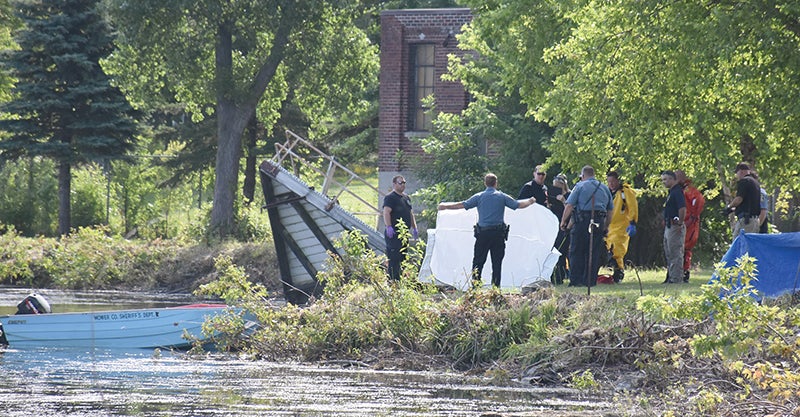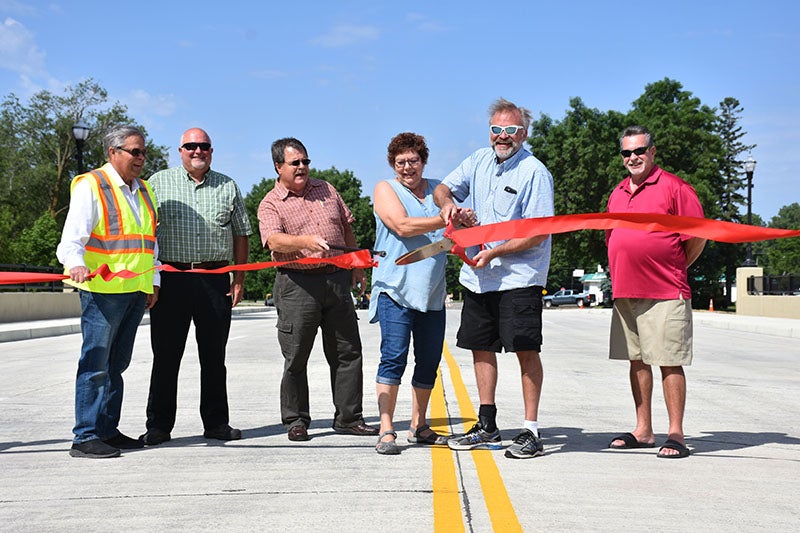County begins estimating infrastructure damages from flood
Published 4:00 am Saturday, September 25, 2010
The Mower County Board of Commissioners declared a state of emergency Friday as a first step toward securing federal funding after heavy rains caused severe flooding across southern Minnesota.
Click here for the latest flood coverage.
While many roads and schools were closed due to flooding in the county, most area officials seemed relieved when comparing Austin to the floods that hit Owatonna.
“It could have been a lot worse,” said County Engineer Mike Hanson Friday morning.
At the same time, Emergency Management Director Wayne Madson said the waters rose faster than expected.
“We didn’t think it was going to progress to what it did,” said Wayne Madson, emergency management director.
Mower County, however, was not spared damage. Madson said early damage estimates to rural roads approached $40,000 Friday with only a handful of cities reporting estimates.
Estimate to crop damage ranged from $300,000 to more than $1 million, but Madson described the numbers as rough estimates. Total crop damage won’t be known until farmers can get in the fields
Water crested over a number of area bridges. While most are now open after the waters receded, Hanson said a County Road 1 bridge on the county line will be closed until workers can assess the potential damage. The bridge on County Road 25 near Lansing, which is currently closed for construction, may also have sustained damage. The bridge east of the Lansing Elevator on County Road 2 also flooded but the road already reopened.
“We’ve got potential for some damages, and also some road closures that will continue south of Austin,” Hanson said Friday.
A final damage estimate for county infrastructure won’t be available until after the water recedes. Hanson said more details should be available sometime this week.
The county’s assessments only account for county infrastructure, not private property.
Further closures are possible in the southern portion of the county as the water flows south, Hanson said.
Madson and Hanson both stressed that people refrain from walking in or driving through flood waters due to contaminants and currents.
Hanson noted that people should be cautious and not cross barricades or drive on closed roads.
“Whatever you do, do not drive through them, because it’s dangerous,” he said.





